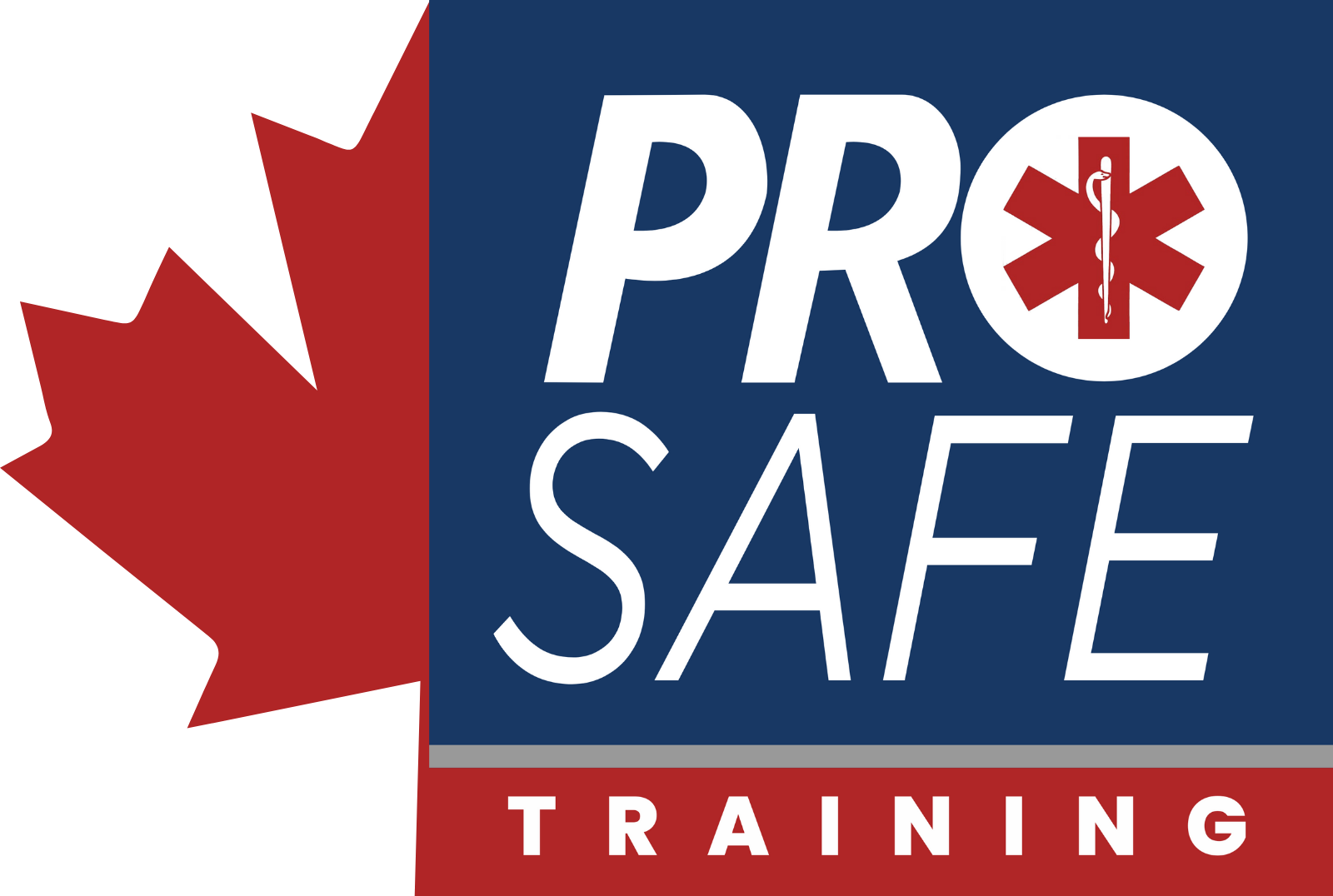Employers: What You Need To Know About The New First Aid Kits & COVID Protocols

Few things truly define what we do here at ProSafe First Aid quite like the First Aid Kit. These collections of supplies and equipment are mandatory in most workplaces, and our Red Cross First Aid and Occupational First Aid courses utilize them directly. These kits are so ubiquitous, that one would be unable to find any WorkSafe sanctioned office or warehouse that isn’t equipped with one.
First Aid Kits have been an instrumental part of medical practice since the nineteenth century. Different variations of them appear in Napoleonic battlefields, Spanish Flu treatment units, and some of the earliest manufacturing plants. Although their official branding and widespread use were not implemented until 1888, when Johnson and Johnson first brought them to railroad workers, the basic principles of mobile and readily available medical supplies has been around for a long time.
Naturally, as remedies and practical science have changed over time, so too have the contents of the Kits themselves. Believe it or not, merbromin, a substance containing heavy doses of mercury, was a First Aid staple until the FDA banned its usage in 1998.
The Covid-19 pandemic is a contemporary phenomenon that is flipping many fundamentals of Canadian’s lives upside down. First Aid Kits are not excluded from the changes brought on by this rampant disease. WorkSafe BC has recently added a number of new items, as well as some general recommendations, to their First Aid regimen. All employers are expected to keep these new kits at the ready. Here is what has been added, and what you need to know:

1. Pocket Masks: Most research points towards Covid-19 as a disease that is characterized by it’s the ability to spread rapidly through liquid drops. As that is the case, all of our Level 1 and Level 2 First Aid Kits come equipped with pocket masks within hard cases.
Prior to engaging in any form of direct emergency assistance or patient care, WorkSafe recommends that the practitioner dons the surgical mask. Even if the incident is not related to coronavirus, this act can help prevent any type of infection and ensures that the vulnerable patient is not exposed to any other ailments.
2. Medical Gloves: Our updated Level 2 First Aid Kits contain six pairs of non-latex medical gloves. The Level 1 Kits contain one pair of vinyl gloves. These are to be used whenever providing treatment of any kind and will help protect both parties.
These gloves are disposable, and a new pair should be donned after a single-use. Many high-contact situations can occur while administering First Aid, and wearing gloves can help prevent simple actions, such as stabilizing a patients’ head, from turning into an entirely new medical challenge.
3. Face Shields: This personal protective equipment is included within our OFA Level 1, 2 and 3 kits, and it is recommended that they are donned in tandem with the gloves and masks. Face shields can be used in conjunction with all First Aid procedures, ranging from the provision of CPR to attending to an injury while First Responders are en route.
Since a little help can go a long way, these Kits come equipped with two shields; both you and your assistant will remain safe while simultaneously protecting the patient.
4. Extra Precautions: These new additions stand in conjunction with a number of recommendations and precautions that emphasize the safety and sanctity of the First Aid administrators themselves. Occupational First Aid attendants about to engage with a patient should ask some key questions before making any decisive moves.
These questions should determine the potential severity of a Covid-19 threat. Asking if anyone present has been isolating, is suffering from an illness, or have been in contact with someone infected, are all situational queries that can help determine how to best approach the patient.
Social distancing measures are also emphasized within the new protocols. A six-foot distance should be maintained by all parties whenever possible, and First Aid attendants are encouraged to determine whether the patient can self-administer care prior to any close contact.
First Aid Kits are an essential requirement in most workplaces, and it is important that employers, first aid attendants, and anyone certified understands the new equipment and precautions that have been implemented in the wake of Covid-19. To view the required First Aid Kit contents as outlined by WorkSafeBC, visit the WorkSafeBC Site.
Should you have any questions, need to purchase an updated kit, or want to book your Red Cross First Aid or OFA course, don’t hesitate to reach out. We are all in this together.
